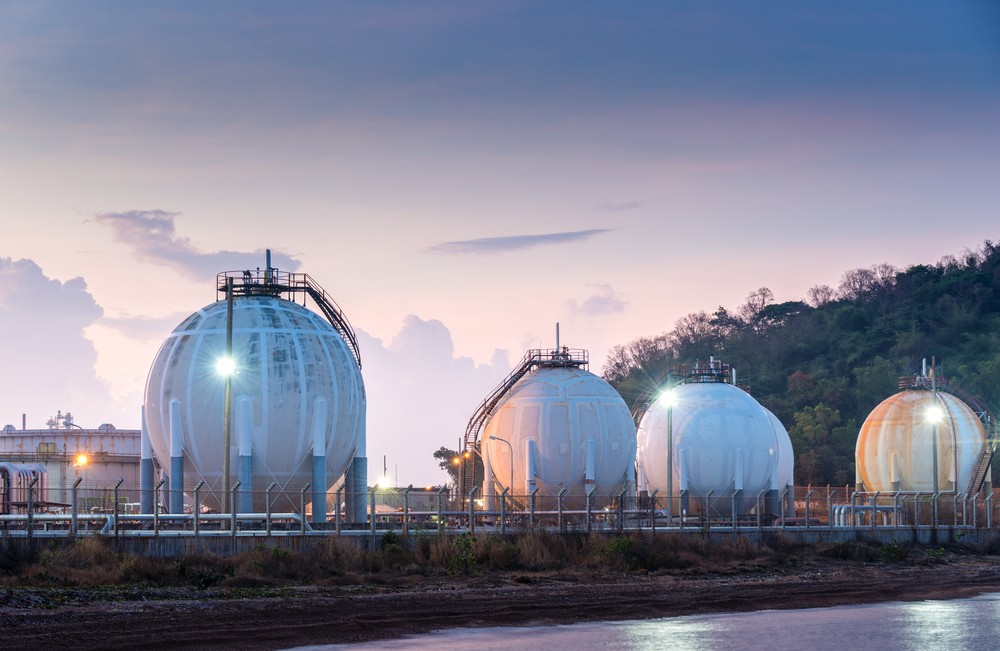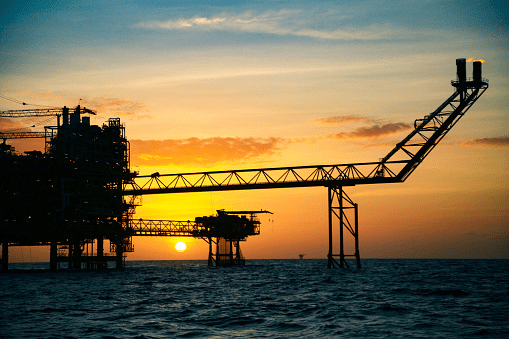Oil prices advanced as a surprise draw in U.S. crude inventories, and a pause in exports from Iraq’s Kurdistan region offset a smaller-than-expected cut in Russian supplies.
Brent crude futures advanced 58 cents, or 0.72%, to $78.87 a barrel. Meanwhile, West Texas Intermediate crude futures advanced 71 cents, or 1%, to $73.68 a barrel.
U.S. crude oil inventories unexpectedly fell to a two-year low in the week of March 24, the Energy Information Administration said.
Crude inventories fell by 7.51 million barrels in the survey, compared with analysts’ expectations for a 100,000-barrel rise.
Producers have paused or reduced oil output in northern Iraq’s semi-autonomous Kurdistan region after the shutdown of an export pipeline to northern Iraq in what appears to be more outages. But the Kurdistan-Iraq premium in oil prices may disappear sooner than previously thought.
Markets are watching U.S. spending and inflation statistics, which will be released on Friday. It will impact the U.S. dollar’s value.

Britain’s greenhouse gas emissions fell by 2.2%
Britain’s greenhouse gas emissions should fall by 2.2% in 2022 compared to 2021 as warmer weather led to a large percentage drop in heating fuel use, figures showed.
The U.K. wants to achieve net-zero emissions by 2050. This will require a whole chain of changes in how people eat and travel and how companies produce electricity.
Some emissions rose as the U.K. continued to recover from the COVID-19 pandemic. However, last year they saw a drop in greenhouse gas emissions, driven by a fall in fuel use to heat buildings.
Britain saw record-high temperatures last year and a sharp rise in energy prices. In 2022, the total greenhouse gas emissions figure was 417.12 million tons of carbon dioxide equivalent. Meanwhile, carbon dioxide emissions, the main greenhouse gas, were at 331.52 million tons, down 2.41% from 2021 figures.









COMMENTS